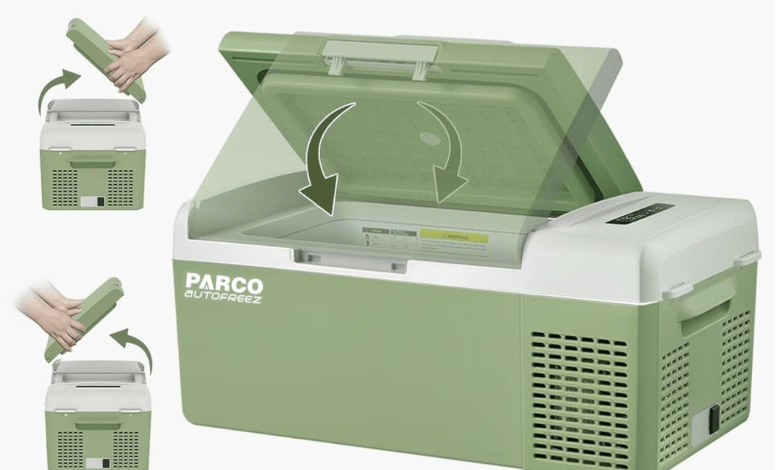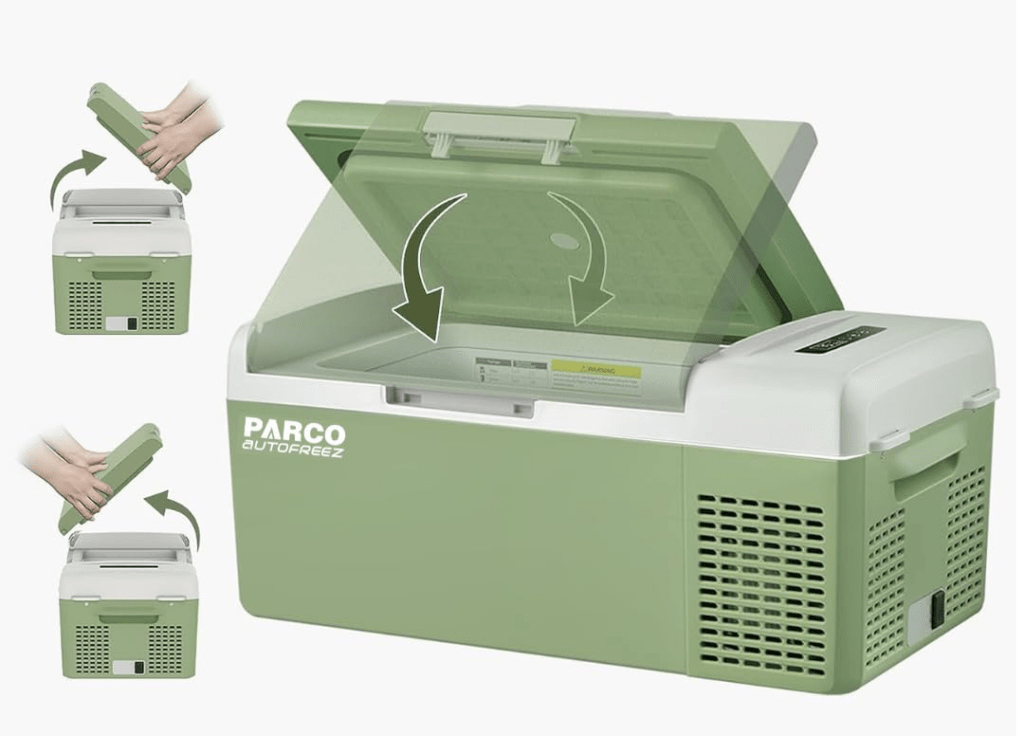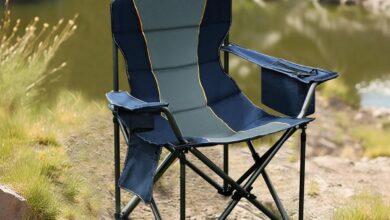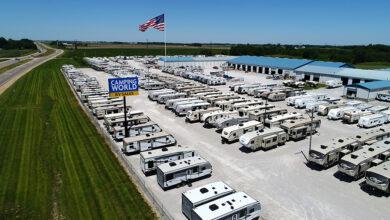Keeping it Cool: A Guide to Safely Storing Camping Food

Introduction: Embarking on a camping adventure is a thrilling experience, but the challenge of keeping your food fresh and safe can be daunting. Whether you’re a culinary enthusiast whipping up gourmet camping meals or someone who prefers the simplicity of lazy camping food, ensuring your provisions stay cool is crucial. In this guide, we’ll delve into practical and eco-friendly strategies to keep your camping food cold, even if you’re toting along frozen delights. From choosing the right cooler to incorporating innovative storage solutions, let’s make sure your camping meals are as enjoyable as the great outdoors.
Keeping it Cool: A Guide to Safely Storing Camping Food
- Choose the Right Cooler: The foundation of successful camping food storage lies in selecting the right cooler. Invest in one that aligns with your camping needs, focusing on features such as insulation, durability, and size. A quality cooler not only keeps perishables fresh but also accommodates frozen camping food without compromising its integrity.
- Pre-Cool Your Cooler: Enhance your cooler’s performance by pre-cooling it before loading. A simple yet effective method involves chilling the cooler with ice packs or frozen water bottles overnight. This step ensures that your cooler starts at a lower temperature, providing an extended period of optimal chilling for your camping food.

- Layering Techniques: Efficiently packing your cooler involves employing smart layering techniques. Begin with a base layer of ice packs or frozen items, followed by a layer of perishables, and then top it off with more ice packs. This arrangement facilitates even distribution of cold air, preventing certain areas from becoming warmer than others.
- Insulated Bags for Lazy Camping Food: For those who prefer the convenience of lazy camping food, insulated bags are a game-changer. These bags come in various sizes and are perfect for keeping pre-cooked meals or snacks cool throughout the day. Ideal for quick access without compromising freshness, these bags are a must-have for the minimalist camper.
- Dry Ice for Frozen Camping Food: When frozen camping food is on the menu, consider the advantages of using dry ice. With a lower temperature than regular ice, dry ice ensures that your frozen items stay colder for a more extended period. Remember to handle dry ice with care and provide proper ventilation to guarantee safety.
- Minimize Air Gaps: Air is the enemy when it comes to maintaining the freshness of your camping food. Minimize air gaps within your cooler by using appropriately sized containers for your items. Fill any empty spaces with additional ice packs or crumpled newspaper to create a tightly packed, insulated environment.
- Strategic Ice Management: Thoughtful ice management is crucial for effective cooling. Opt for block ice, which melts more slowly than ice cubes, providing a consistent cooling environment. Sustainable alternatives like reusable gel packs are also worth considering for an eco-friendly camping experience.
- Watertight Containers for Dry and Safe Storage: To prevent cross-contamination and keep your camping food dry, store items in watertight containers. These containers act as an additional layer of protection, ensuring that melted ice doesn’t compromise the quality of your provisions.
Conclusion: Mastering the art of keeping food cold while camping is not just about survival; it’s about enhancing the entire outdoor experience. Whether you’re a camping gourmet or a fan of lazy camping food, these tips will empower you to savor every moment around the campfire. Choose the right cooler, pack strategically, and embrace innovative solutions to ensure your camping meals are as fresh as the great outdoors.
FAQ Section:
Q1: Can I use regular ice instead of gel packs?
A1: While regular ice works, gel packs offer a reusable and eco-friendly alternative. They are convenient, mess-free, and ensure a consistent cooling environment.
Q2: How long does dry ice last in a cooler?
Dry ice has a lower temperature and can last up to 24 hours or more, making it an excellent choice for keeping frozen camping food cold for an extended period.
Q3: Are insulated bags necessary for lazy camping food?
Insulated bags are not mandatory but highly recommended for keeping lazy camping food cool throughout the day. They offer convenience and help maintain freshness.




